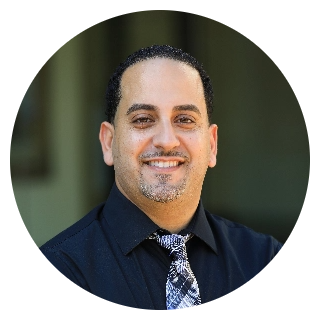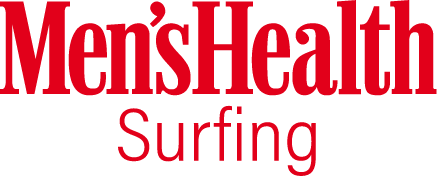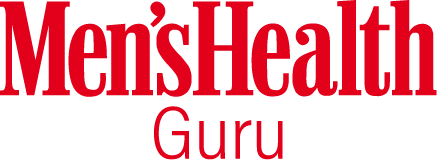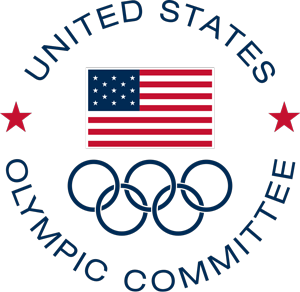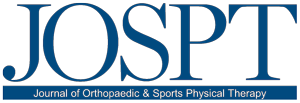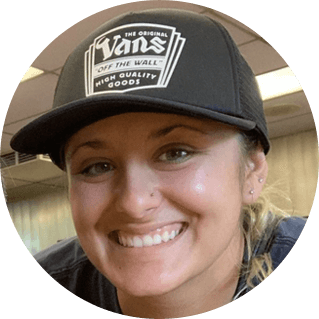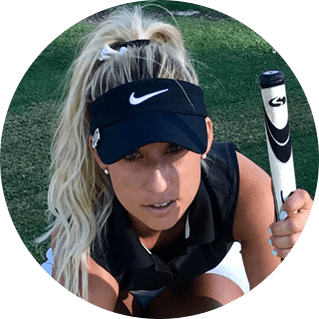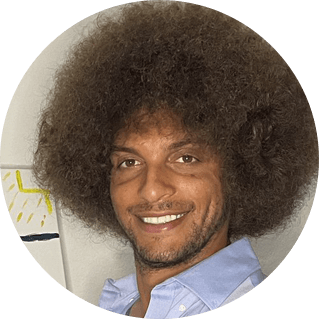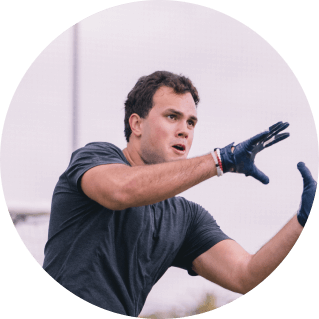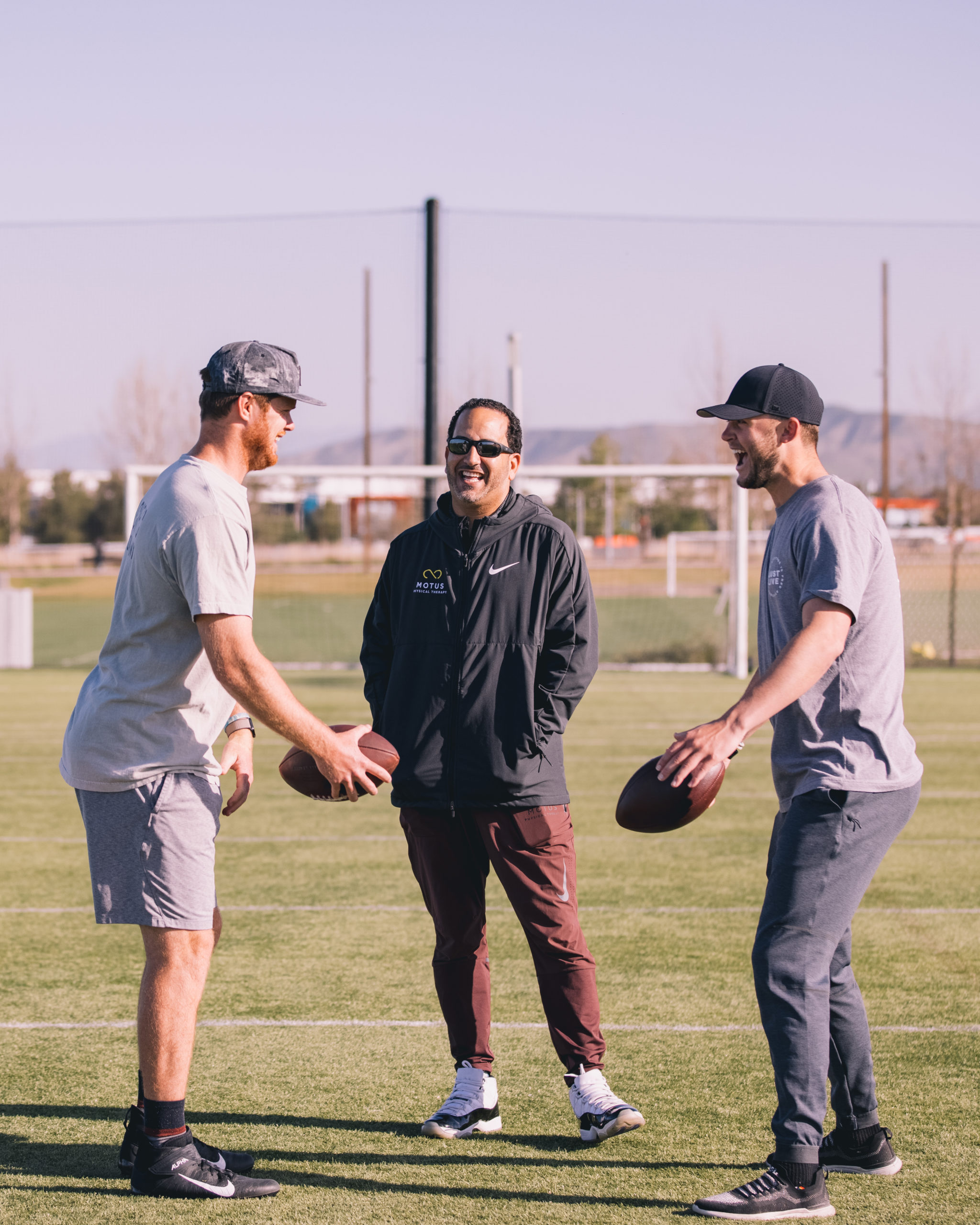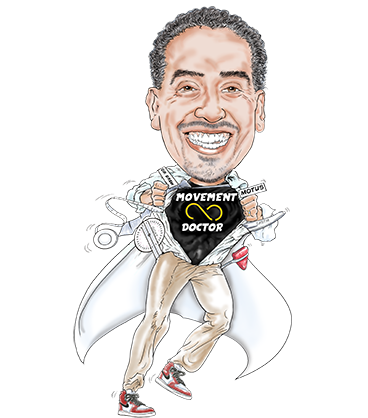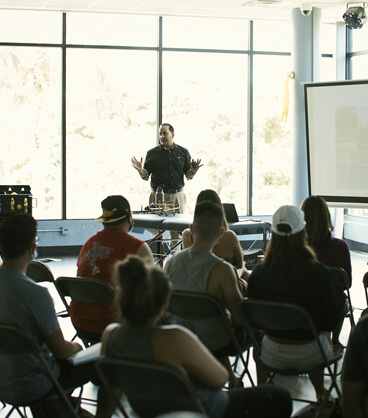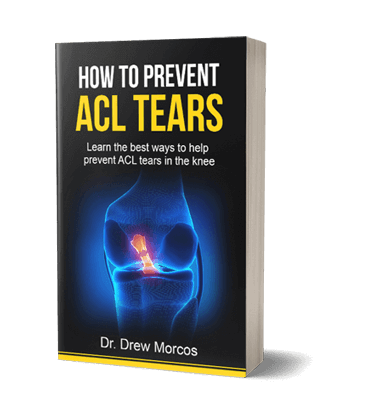When an NFL quarterback tears their ACL or a wide receiver suffers a shoulder injury, millions of dollars and an entire franchise’s playoff hopes hang in the balance. NFL physical therapy recovery represents the absolute pinnacle of sports medicine, where every technique is evidence-based, every exercise is precisely programmed, and every decision is made by physical therapists who understand the biomechanics of elite athletic performance at a level most clinics will never reach.
What many families in Orange County and San Diego don’t realize is that this same level of expertise – the same physical therapists who have worked with NFL players like Josh Allen, Sam Darnold, Russell Wilson, and countless other professional athletes – is available right here in Southern California. Understanding how NFL physical therapy works and what makes it different reveals exactly what athletes should be receiving when they get injured.
The Stakes: Why NFL Injury Recovery Is Different
Professional football is arguably the most physically demanding sport in the world. Players generate forces on their bodies that would injure the average person instantly. When a 250-pound linebacker plants his foot to change direction, the force on his knee can exceed 1,000 pounds. When a quarterback releases a 60-mile-per-hour pass, his shoulder rotates at speeds approaching 7,000 degrees per second – fastest human motion ever recorded.
Research shows that approximately one-third of NFL players who tear their ACL don’t return to play, and those who do often experience significant earnings losses. The financial and career implications are enormous. This reality has driven NFL teams and their medical staffs to develop the most sophisticated injury recovery protocols in sports.
But the principles that guide NFL physical therapy aren’t just about getting someone back on the field quickly – they’re about restoring function completely, preventing re-injury, and ensuring the athlete can perform at their peak level for years to come. These same principles apply whether you’re a professional quarterback or a high school athlete hoping to earn a college scholarship.
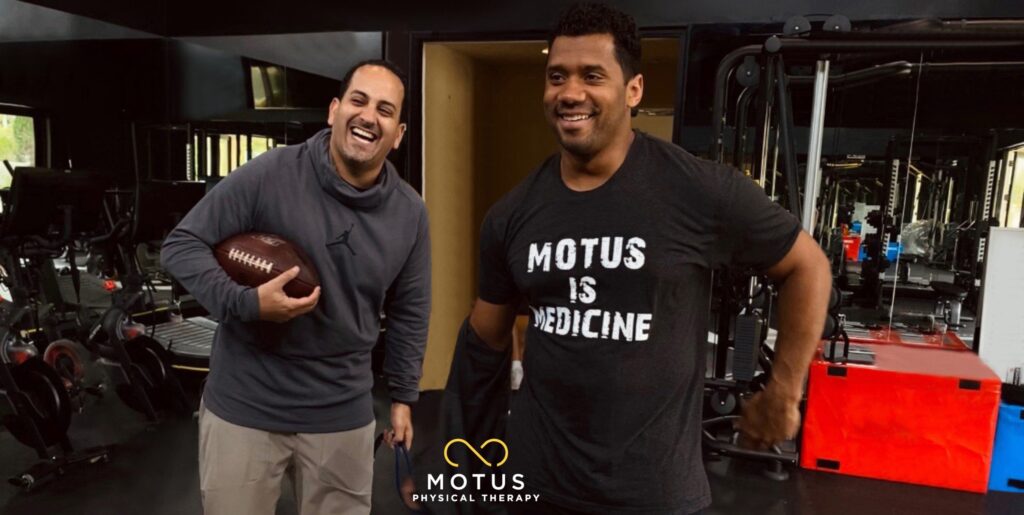
What Makes NFL Physical Therapy Recovery Elite
NFL physical therapy recovery differs from standard care in several fundamental ways:
Immediate, Expert Assessment
When an NFL player gets injured, they’re evaluated within minutes by medical staff who have spent decades working with elite athletes. These aren’t generalists – they’re specialists who have seen thousands of sports injuries and can identify subtle signs that might escape less experienced practitioners.
The initial assessment isn’t just “does it hurt?” It’s a comprehensive biomechanical analysis that identifies exactly which structures are damaged, what compensatory patterns the athlete has developed, and what the optimal recovery pathway looks like. This level of diagnostic precision sets the foundation for everything that follows.
Individualized, Progressive Protocols
NFL physical therapy recovery protocols are never cookie-cutter. Two players with the same diagnosis – say, a Grade 2 hamstring strain – will receive completely different treatment programs based on their position, playing style, movement patterns, injury history, and even their team’s playoff schedule.
A running back’s hamstring rehabilitation emphasizes explosive acceleration and deceleration. A quarterback’s focuses on the relationship between lower body stability and upper body throwing mechanics. Every exercise is chosen for a specific reason, every progression is timed to match tissue healing, and every session builds systematically toward return-to-play readiness.
Advanced Technology and Techniques
NFL teams invest heavily in cutting-edge recovery technology. While not every tool is necessary for every injury, the underlying principle matters: use whatever works, backed by evidence. This includes:
- Advanced manual therapy techniques that address fascial restrictions, joint mobility, and neuromuscular control
- Blood flow restriction training that allows strength gains with lower loads, protecting healing tissues
- Sophisticated movement analysis using video, force plates, and motion capture to identify and correct dysfunctional patterns
- Neuromuscular re-education that retrains the nervous system to protect joints during high-risk movements
These aren’t gimmicks – they’re evidence-based interventions that accelerate recovery when applied appropriately by skilled clinicians.
One-on-One Attention, Every Session
In NFL physical therapy, the player works one-on-one with their physical therapist for the entire session. There’s no aide supervising exercises, no therapist bouncing between three patients, no abbreviated treatment because of scheduling constraints. The athlete receives undivided expert attention from start to finish.
This matters enormously. The physical therapist observes every repetition, provides real-time feedback on movement quality, adjusts exercises based on how the athlete responds that day, and catches compensatory patterns before they become ingrained. This level of attention simply isn’t possible in high-volume clinics where therapists are spread thin.
Integrated Care Coordination
NFL physical therapists work as part of a comprehensive medical team that includes orthopedic surgeons, athletic trainers, strength coaches, nutritionists, and sports psychologists. Everyone communicates constantly, sharing information and coordinating care.
When a player’s surgeon recommends a particular post-operative protocol, the physical therapist understands the surgical technique used and can adjust treatment accordingly. When the strength coach notices a movement compensation in the weight room, the physical therapist addresses it immediately. This seamless integration ensures nothing falls through the cracks.
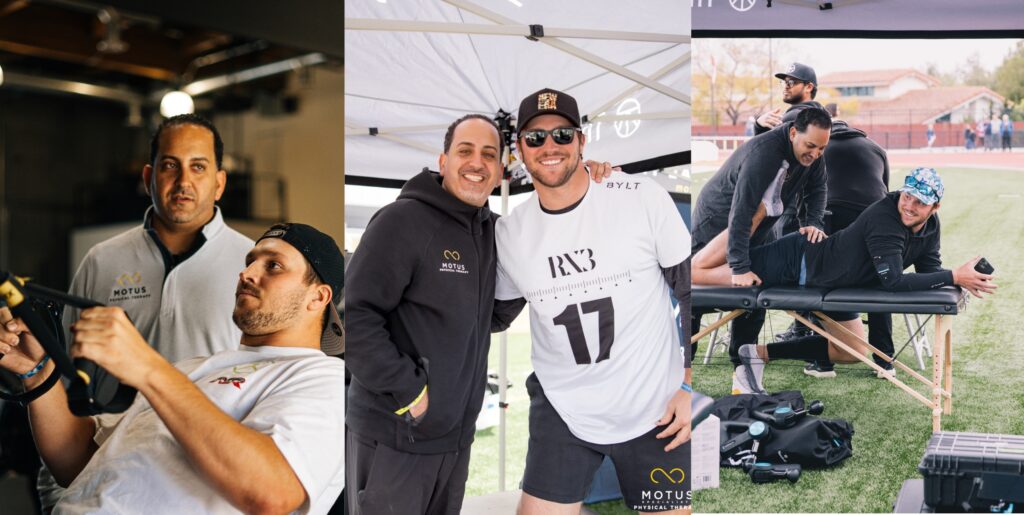
Common NFL Injuries and Recovery Approaches
Understanding how NFL players recover from specific injuries reveals the sophistication of elite physical therapy:
ACL Tears
ACL reconstruction recovery typically takes 6-12 months for NFL players, with research showing that about two-thirds of players successfully return to play. But simply getting back on the field isn’t the goal – returning at full performance capacity is.
NFL ACL rehabilitation progresses through carefully defined phases:
Phase 1 (Weeks 0-2): Control swelling, restore range of motion, activate the quadriceps muscle (which often “shuts down” after knee injury), and begin gentle strengthening.
Phase 2 (Weeks 2-6): Progressive strengthening, restore normal gait, begin proprioceptive training (teaching the knee to sense position and movement), and address any movement compensations.
Phase 3 (Weeks 6-12): Advanced strengthening, introduce low-level plyometric exercises, continue improving movement quality, and begin sport-specific movements at reduced intensity.
Phase 4 (Months 3-6): High-level strengthening approaching pre-injury capacity, progressive plyometric training, sport-specific agility work, and psychological readiness for return to sport.
Phase 5 (Months 6-12): Return to sport progression with careful load management, ongoing strength maintenance, and monitoring for any signs of compensatory patterns or re-injury risk.
The key difference in NFL rehabilitation is that athletes aren’t cleared to return based simply on time elapsed. They must pass objective criteria at every phase: specific strength measurements (typically 90% or greater of the uninjured leg), functional movement tests, and sport-specific performance assessments. An NFL running back doesn’t return until his acceleration, cutting ability, and deceleration control meet pre-injury standards.
Shoulder Injuries
Quarterbacks, wide receivers, and defensive backs frequently deal with shoulder injuries ranging from rotator cuff strains to labral tears. The shoulder is perhaps the most complex joint in the body, and proper rehabilitation requires deep understanding of biomechanics.
NFL shoulder rehabilitation focuses on:
Scapular Control: The shoulder blade (scapula) must move properly for the shoulder joint to function correctly. Many shoulder injuries stem from or are perpetuated by poor scapular mechanics. Elite physical therapists assess and address these patterns meticulously.
Rotational Strength and Balance: Throwing, catching, and tackling all require tremendous rotational force generation. Rehabilitation must restore not just raw strength but also the proper balance between internal and external rotators.
Kinetic Chain Integration: The shoulder doesn’t work in isolation. Power for throwing comes from the legs, transfers through the core, and expresses through the arm. NFL physical therapy addresses the entire kinetic chain, not just the injured shoulder.
Sport-Specific Progressions: A quarterback’s return-to-throwing program is a science unto itself, carefully progressing distance, velocity, and volume while monitoring for any signs of mechanical breakdown or symptom return.
Hamstring Strains
Hamstring injuries are among the most common and frustrating in football. They have high re-injury rates if not rehabilitated properly. NFL physical therapy has evolved significantly in addressing these injuries.
Modern hamstring rehabilitation emphasizes:
Eccentric Strengthening: The hamstring is most vulnerable when it’s lengthening under load (eccentric contraction). Rehabilitation must include exercises that specifically target this action, such as Nordic hamstring curls and specialized running drills.
Sprint Mechanics: Many hamstring injuries occur during high-speed running. Physical therapists analyze and optimize the athlete’s sprinting technique, identifying and correcting mechanical flaws that increase injury risk.
Gradual Load Progression: Simply resting until pain-free, then returning to full speed is a recipe for re-injury. NFL protocols involve careful progression of running volume and intensity, with objective markers that guide advancement through each phase.
Asymmetry Correction: Strength or flexibility imbalances between legs increase injury risk. Elite rehabilitation addresses these asymmetries systematically.
Ankle Sprains
While ankle sprains might seem minor compared to ACL tears, NFL physical therapy takes them extremely seriously. Research indicates that injury-related absences average about 3.1 games for injuries that cause players to miss at least one game, and improper rehabilitation can lead to chronic instability that affects performance for years.
Comprehensive ankle rehabilitation includes:
Early Mobilization: Modern research shows that early, controlled movement accelerates healing and prevents stiffness. NFL protocols get athletes moving quickly while protecting healing tissues.
Proprioceptive Training: The ankle contains sensors that tell the brain where the foot is in space. Sprains damage these sensors. Rehabilitation must retrain this proprioceptive ability through balance exercises and specialized drills.
Strength Restoration: Not just calf strength, but also the smaller stabilizing muscles that control fine movements. Weakness in these muscles predisposes athletes to re-injury.
Return-to-Sport Testing: Before clearing a player to return, physical therapists assess single-leg balance, hopping ability, cutting mechanics, and sport-specific movements to ensure the ankle can handle game demands.
The Recovery Timeline Reality
One of the biggest differences between elite NFL physical therapy and standard care is honesty about timelines. Professional athletes and their teams understand that rushing recovery costs more time in the long run.
When an NFL player tears their ACL, no one pretends they’ll be back in three months. The focus is on doing the rehabilitation right, progressing at the appropriate pace, and ensuring they return fully prepared. This mindset – patience paired with intensive, intelligent rehabilitation – produces better outcomes than rushing through a protocol to meet an arbitrary deadline.
Similarly, when a hamstring strain is diagnosed, NFL teams don’t simply say “you’ll be out 2-3 weeks.” They explain that the timeline depends on how the player responds to treatment, how their strength and flexibility progress, and whether they can pass functional tests demonstrating readiness to return. This evidence-based approach prevents premature returns that lead to re-injury.
Why This Level of Care Matters for All Athletes
The sophistication of physical therapy for NFL players isn’t just about treating professional athletes – it represents the gold standard for sports injury rehabilitation. Every principle, technique, and protocol used with NFL players can benefit athletes at any level.
A high school quarterback with a shoulder injury deserves the same biomechanical analysis and sport-specific rehabilitation that an NFL quarterback receives. A college soccer player recovering from an ACL tear should progress through the same carefully structured phases, meeting the same objective criteria before returning to play. A youth baseball pitcher with elbow pain needs the same kinetic chain assessment and corrective exercises that a major league pitcher would receive.
The difference between good outcomes and great outcomes often comes down to expertise. Physical therapists who have worked with professional athletes have seen more injuries, managed more complex cases, and refined their skills through thousands of hours working with the highest-level performers. This experience is directly transferable to athletes at every level.
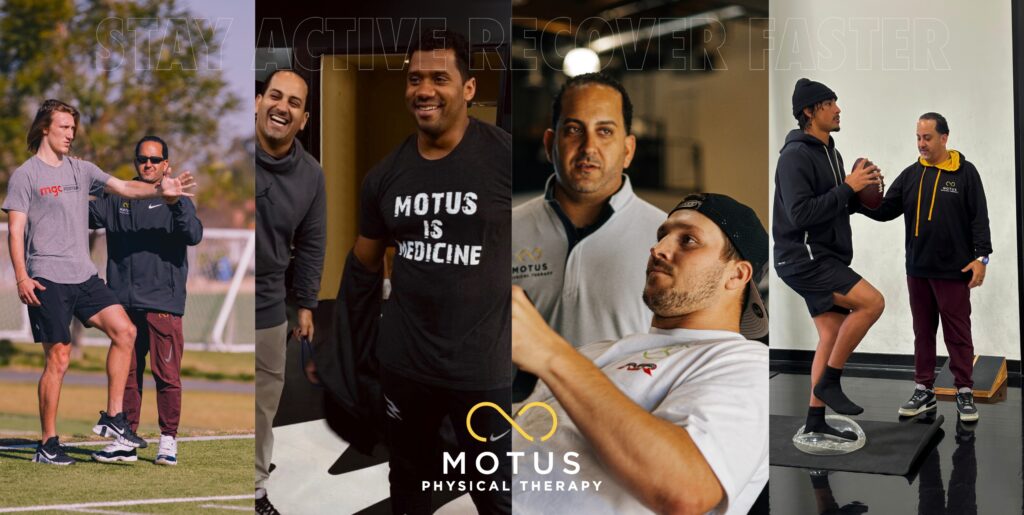
The Expert Behind Elite NFL Physical Therapy
When NFL quarterbacks and athletes need physical therapy they can trust with their careers, many turn to Drew Morcos PT, DPT, SCS, OCS, DNSP, ATC, CSCS, FAAOMPT. Featured in Men’s Health and Sports Illustrated for his groundbreaking work with elite athletes, Drew has become one of the most sought-after sports physical therapists in professional football. His client list reads like an NFL All-Pro roster: Josh Allen, Russell Wilson, Jordan Love, Sam Darnold, Kyle Allen, Trevor Lawrence, and CJ Stroud are just some of the quarterbacks who have trusted Drew with their injury recovery and performance optimization.
What sets Drew apart isn’t just his extensive credentials – though his board certifications in Sports Physical Therapy (SCS) and Orthopedic Physical Therapy (OCS), combined with his background as a Certified Athletic Trainer (ATC) and Certified Strength and Conditioning Specialist (CSCS), represent the highest level of training in the field. It’s his unique ability to understand the intricate biomechanics of quarterback play, the explosive demands on running backs and receivers, and the specific movement patterns that make or break performance at the professional level. When an NFL player works with Drew, they’re not just receiving physical therapy – they’re working with someone who understands their sport at the highest level and has successfully guided countless athletes through career-defining recoveries.
The reason so many NFL players seek out Drew specifically is his reputation for getting results when stakes are highest. Whether it’s returning a franchise quarterback to the field after shoulder surgery, helping a running back recover from a hamstring injury without the chronic re-injury issues that plague many players, or optimizing a young quarterback’s throwing mechanics to prevent injury before it occurs, Drew’s approach combines cutting-edge sports science with the practical wisdom that comes from thousands of hours working with the world’s best athletes. This same expertise and individualized attention that Drew provides to NFL players is what drives the philosophy and standard of care at MOTUS Physical Therapy.
Access to NFL-Level Physical Therapy in Southern California
For families in Orange County and San Diego County, accessing this level of expertise is more feasible than many realize. Physical therapists who work with NFL players and other professional athletes also treat high school, college, and adult recreational athletes at facilities throughout the region.
At locations in Santa Ana, San Clemente, Carlsbad, and Seal Beach, athletes can receive the same caliber of care that professional football players depend on. The physical therapists at these facilities haven’t just read about elite rehabilitation – they’ve lived it, working alongside NFL players and developing the expertise that only comes from managing the highest-stakes injuries in sports.
This doesn’t mean every athlete needs the most advanced technology or the longest treatment sessions. It means they receive treatment from clinicians who understand what optimal recovery looks like, who can identify subtle movement dysfunctions that other therapists miss, and who know exactly how to progress rehabilitation to ensure complete recovery and minimize re-injury risk.
What Parents and Athletes Should Look For
If you’re seeking physical therapy for a sports injury, understanding what separates elite care from standard treatment empowers you to make better decisions:
Specialized Sports Medicine Training: Ask whether the physical therapist has completed additional training in sports physical therapy beyond their doctorate degree. Residencies, fellowships, and board certification in sports specialization indicate advanced expertise.
Experience with Your Sport: Has the therapist worked with athletes in your specific sport? Understanding the biomechanical demands of football, soccer, baseball, volleyball, or basketball directly impacts treatment quality.
One-on-One Treatment: Ensure your athlete will receive individual attention throughout their entire session, not five minutes with a therapist followed by unsupervised exercises.
Evidence-Based Protocols: The therapist should be able to explain their treatment rationale using current research and evidence-based guidelines, not outdated or anecdotal approaches.
Objective Testing: Before clearing an athlete to return to sport, the therapist should perform specific tests measuring strength, power, movement quality, and sport-specific function – not just ask “does it hurt?”
Communication with Other Providers: The physical therapist should coordinate with your athlete’s surgeon, athletic trainer, coach, and other medical providers to ensure integrated care.
The Long-Term Value of Elite Physical Therapy
Investing in high-quality physical therapy pays dividends far beyond the immediate injury. Athletes who receive elite care develop better movement patterns, greater body awareness, and a deeper understanding of injury prevention principles that serve them throughout their athletic career and beyond.
Many athletes report that after completing comprehensive rehabilitation, they actually perform better than before their injury. This isn’t luck – it’s the result of addressing movement inefficiencies and biomechanical flaws that may have existed for years but were never identified or corrected until a skilled physical therapist assessed them during injury recovery.
Perhaps most importantly, proper rehabilitation dramatically reduces re-injury risk. Studies show that subsequent graft ruptures after ACL reconstruction occur in about 5.2% of athletes, but this risk increases significantly when athletes don’t complete comprehensive rehabilitation or return to sport before fully ready. Elite physical therapy ensures athletes return not just healthy, but prepared.
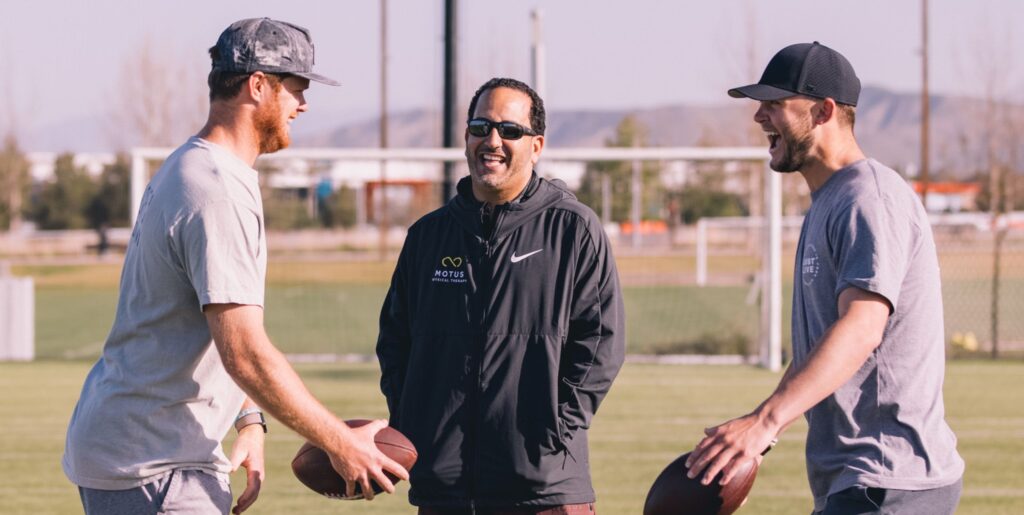
From NFL Fields to Local Communities
The gap between professional sports medicine and community-based care has narrowed significantly in recent years. Physical therapists who have worked at the highest levels of sports are increasingly available to treat athletes in their local communities, bringing NFL-caliber expertise to high school fields, college courts, and youth sports programs.
This availability of elite sports medicine benefits everyone. High school athletes with college aspirations gain access to the same quality care that will be available if they reach the collegiate or professional level. Recreational athletes who simply want to stay active and pain-free benefit from evidence-based treatment approaches refined through work with the most demanding patients in sports medicine.
For athletes in Santa Ana, San Clemente, Carlsbad, Seal Beach, and throughout Orange County and San Diego County, this means world-class sports physical therapy is no longer limited to professional sports teams. The same expertise that helps NFL quarterbacks return from shoulder surgery or running backs recover from hamstring injuries is available to help your athlete achieve their goals, whether that’s returning to their high school team, earning a college scholarship, or simply playing the sport they love without pain.
Taking the Next Step
Understanding how NFL physical therapy works reveals what optimal sports injury recovery looks like. It’s not about having access to the fanciest equipment or the most expensive treatments – it’s about receiving care from physical therapists who possess deep expertise, who understand the biomechanics of athletic performance, who take the time to assess and address root causes rather than just symptoms, and who guide athletes through progressive, evidence-based rehabilitation protocols.
Your athlete deserves this level of care. Whether they’re recovering from an ACL tear, dealing with chronic shoulder pain, or looking to prevent future injuries, the physical therapy they receive will directly impact their recovery timeline, their risk of re-injury, and their long-term athletic performance.
The same physical therapists who have worked with Sam Darnold, Russell Wilson, and other NFL players are available to help your athlete right here in Southern California. At MOTUS Physical Therapy, with locations in Santa Ana, San Clemente, Carlsbad, and Seal Beach, we bring NFL-level expertise to every athlete we treat – because we believe that elite care shouldn’t be reserved only for professionals.
